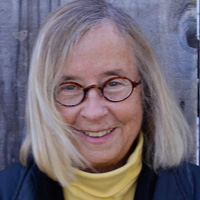A few years ago, I visited Pinnacles National Monument to witness the release of three captive-raised condors into the wild. I couldn't wait to see a condor flying free, but by the time I arrived, the birds were not cooperating. Although their pen was open, they remained perched on stoops inside, seemingly wanting no part of freedom.
Nearly extinct 25 years ago, California condors now number about 400. The program to bring them back took millions of dollars and the efforts of many dedicated individuals. The condor saga is the kind of environmental success story we all yearn to hear, a testament to the resourcefulness of the human spirit when set to work on a near impossible task.
Unfortunately, a recent study by the Academy of Sciences has revealed that full condor recovery remains an illusive goal. Many of the birds are contaminated with lead, a toxin that most likely enters their system from consuming dead animals shot with lead bullets. Although lead bullets are prohibited within condor preserves in California, and most hunters comply, poachers often do not. And the birds sometimes range outside of sanctuary boundaries where hunting with lead bullets continues.
As I stood waiting for the captive birds to fly free, I glanced upward at what appeared to be a jet plane approaching from the west. It wasn't until it was overhead that I realized it was a wild condor. With a wingspan of over nine feet, it looked like something from another epoch, a huge prehistoric creature riding the airwaves with nary a flap of its wings. People who have witnessed condors at close range say the sound of the wind passing through their feathers could herald the approach of a sky god.
The condor turned slowly to the north and circled the pen as if trying to lure its brethren out into the wild blue. I had never heard of condor lead poisoning at the time, but maybe the reluctant captives had. Although they didn't do it on my watch, they did eventually leave their pen. I can only hope that these magnificent birds are still flying healthy and free.
